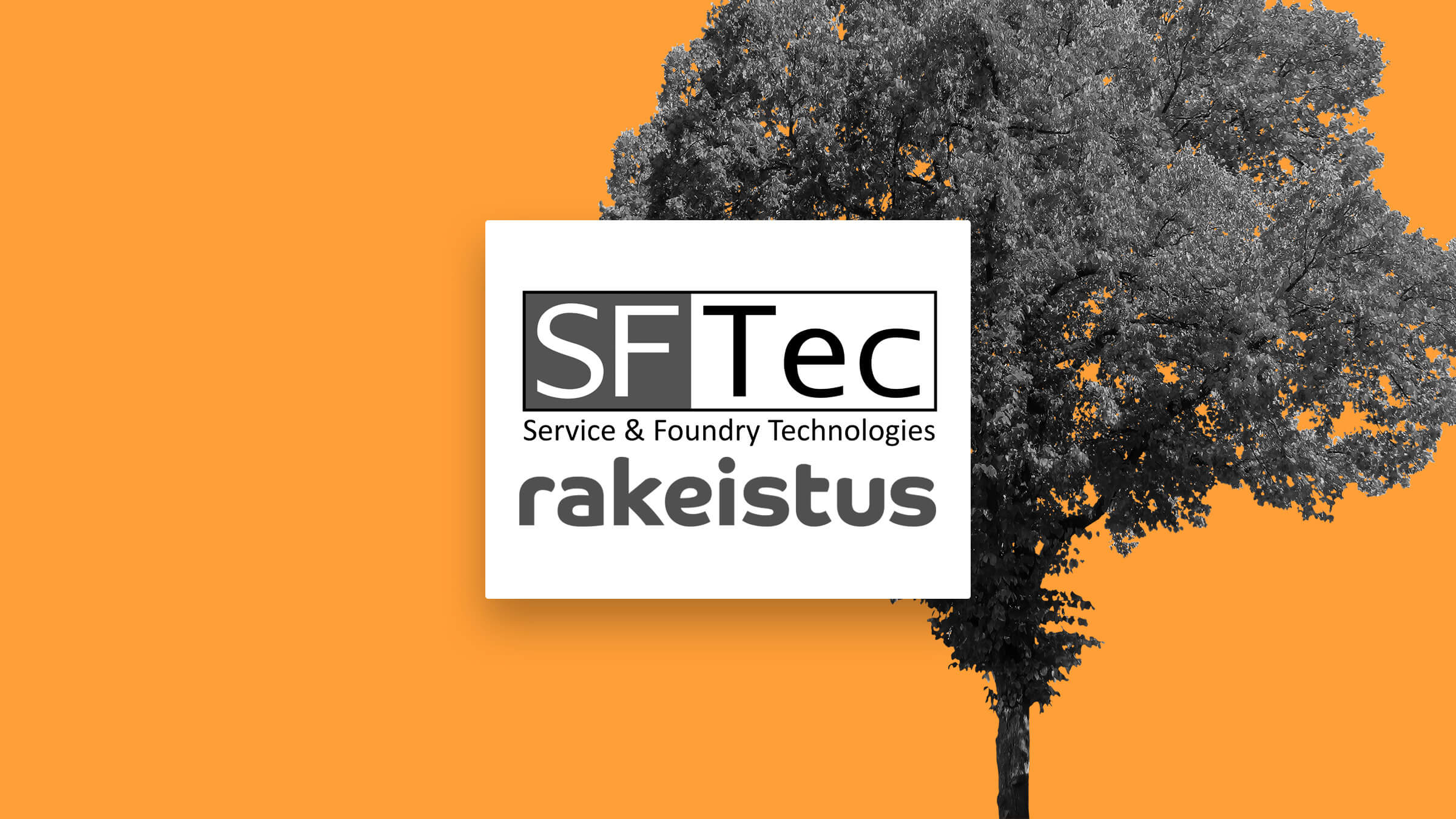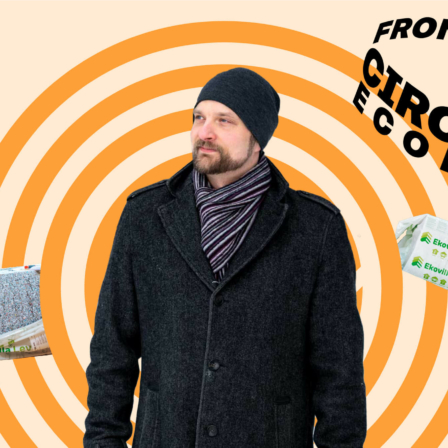Problem
Finland produces vast quantities of various types of nutritious, organic sludge. Some of the sludge is reused for example as agricultural soil conditioners. However, important nutrients and value are lost when the sludge is not refined further. Using unmodified sludge causes, for example, unpleasant odours. However, using sludge as a soil conditioner in agriculture is laborious and contentious: for example, many Central European countries already prohibit the use of refinery sludge on fields. In addition, there are very few acceptable solutions for the use of other types of sludge, such as wet sludge, biomass and industrial side streams.
Solution: sludge into products and back to the cycle – to fields, forests and gardens
SFTec and Rakeistus Oy have developed an industrial dryer and granulating device that together enable the refining of organic sludge, such as digestate from biogas plants, into recycled fertiliser. The digestate of the biogas plant is first dried and sanitised with SFTec’s ModHeat dryer, which can also utilise various waste heat sources for the drying. Next, the dried material is automatically transported to the Rakeistus device which adjusts the product properties according to the need and granulates it in its drum. The granules become a ready-to-use recycled fertiliser. Both devices are modular, about the size of a shipping container, which makes them easy to move and enables the production capacity of the process to be flexibly increased or decreased.
Revenue model and benefits for Rakeistus and SFTec
The revenue from granulation is based on service business and technology sales. Along with technology sales, SFTec aims to establish a service business, which takes care of drying the customers’ side streams. Together, Rakeistus and SFTec aim to create an innovative service operator in order to productise recycled fertilisers using customers’ side streams.
Benefits to the customer and end user
Rakeistus’s customers include paper and pulp mills and hydroelectric power plants whose ashes and sludge the company granulates into recycled nutrition. SFTec’s potential customers further include the food and metal industries, as well as producers of wood biomass. The solutions from both companies are cost-efficient and require no great plant investments to commission. With the solutions, the customer implements circular economy principles while creating new business and gaining image benefits. The end customers, such as food and forestry businesses and gardeners, benefit from a recycled fertiliser that is more affordable than a synthetic one.

















Recommended
Have one more?